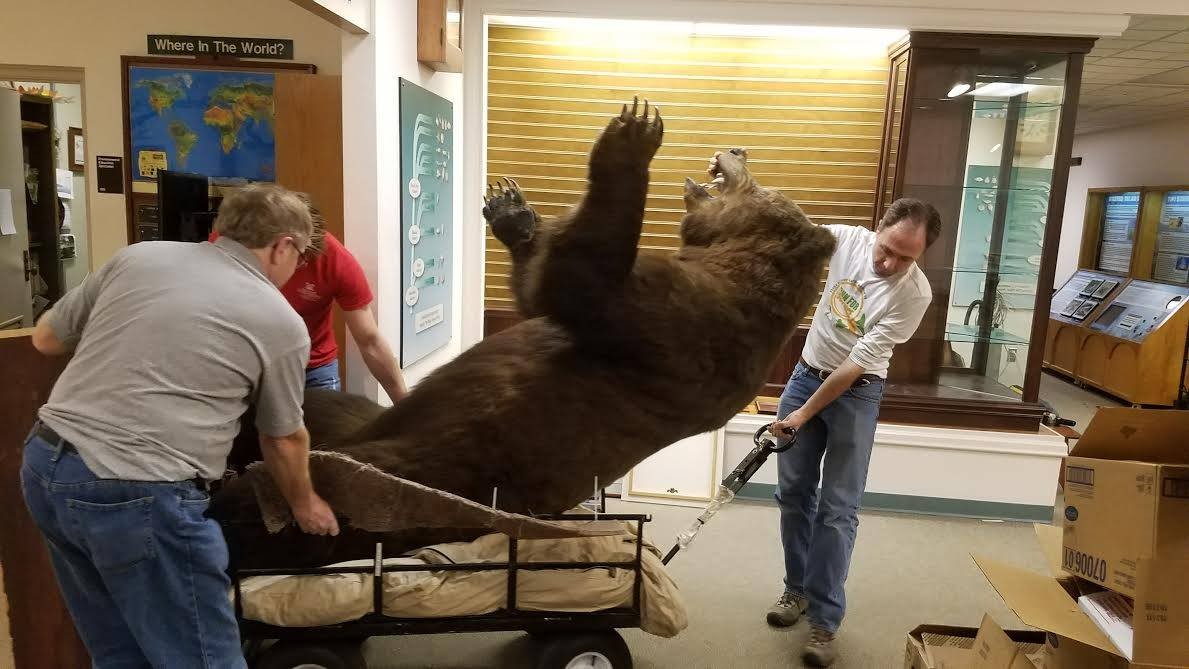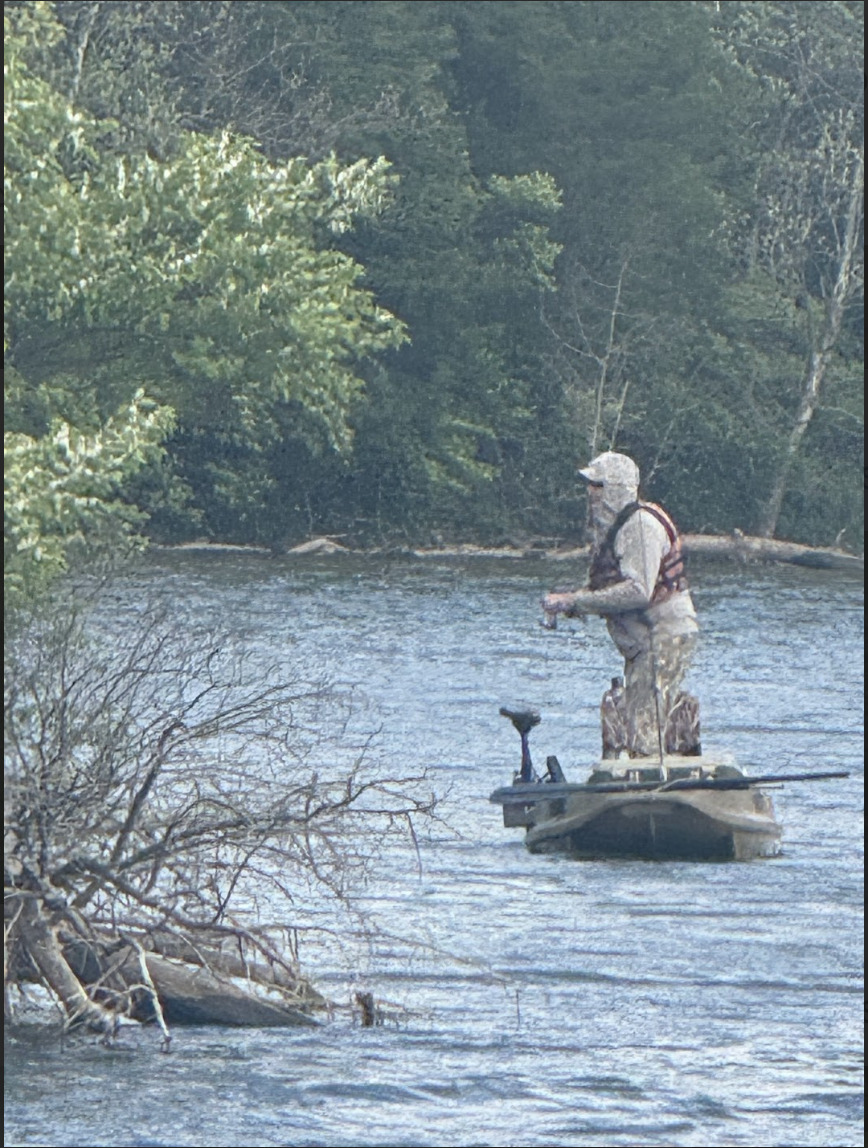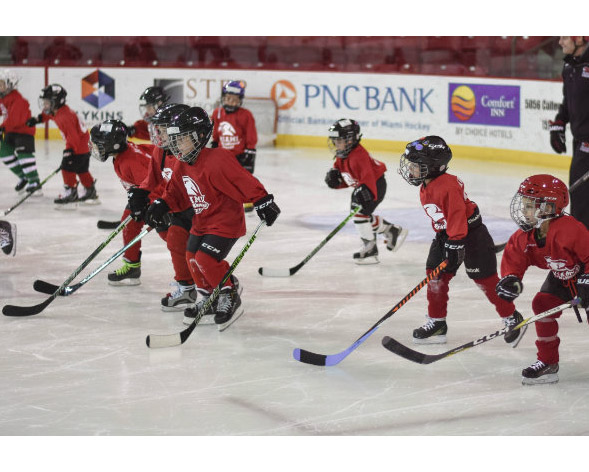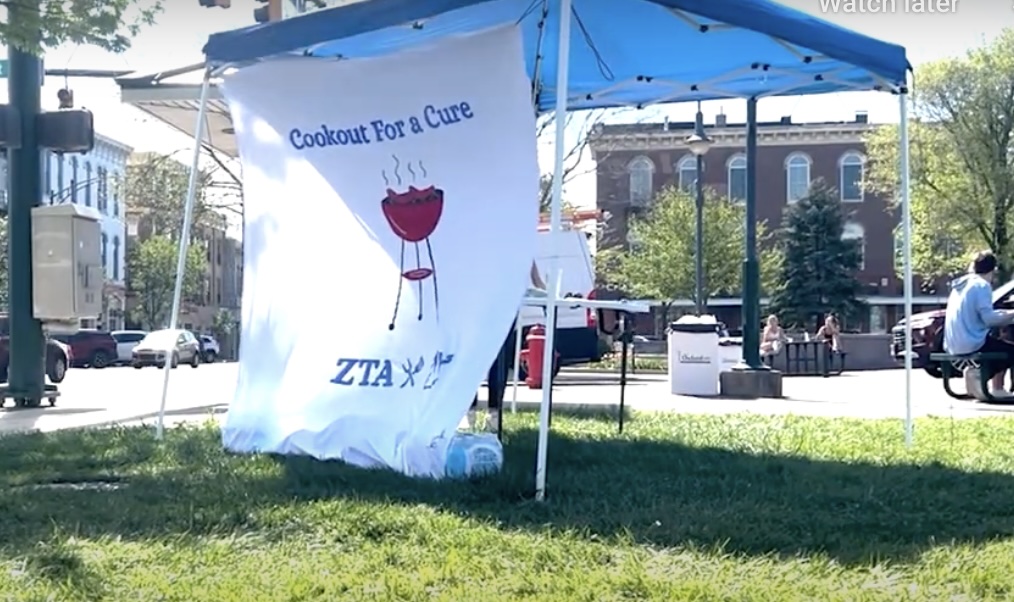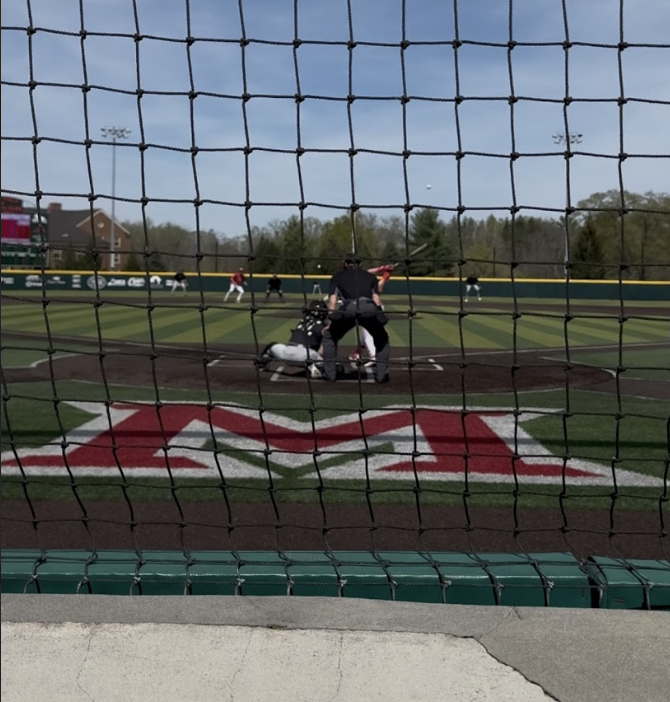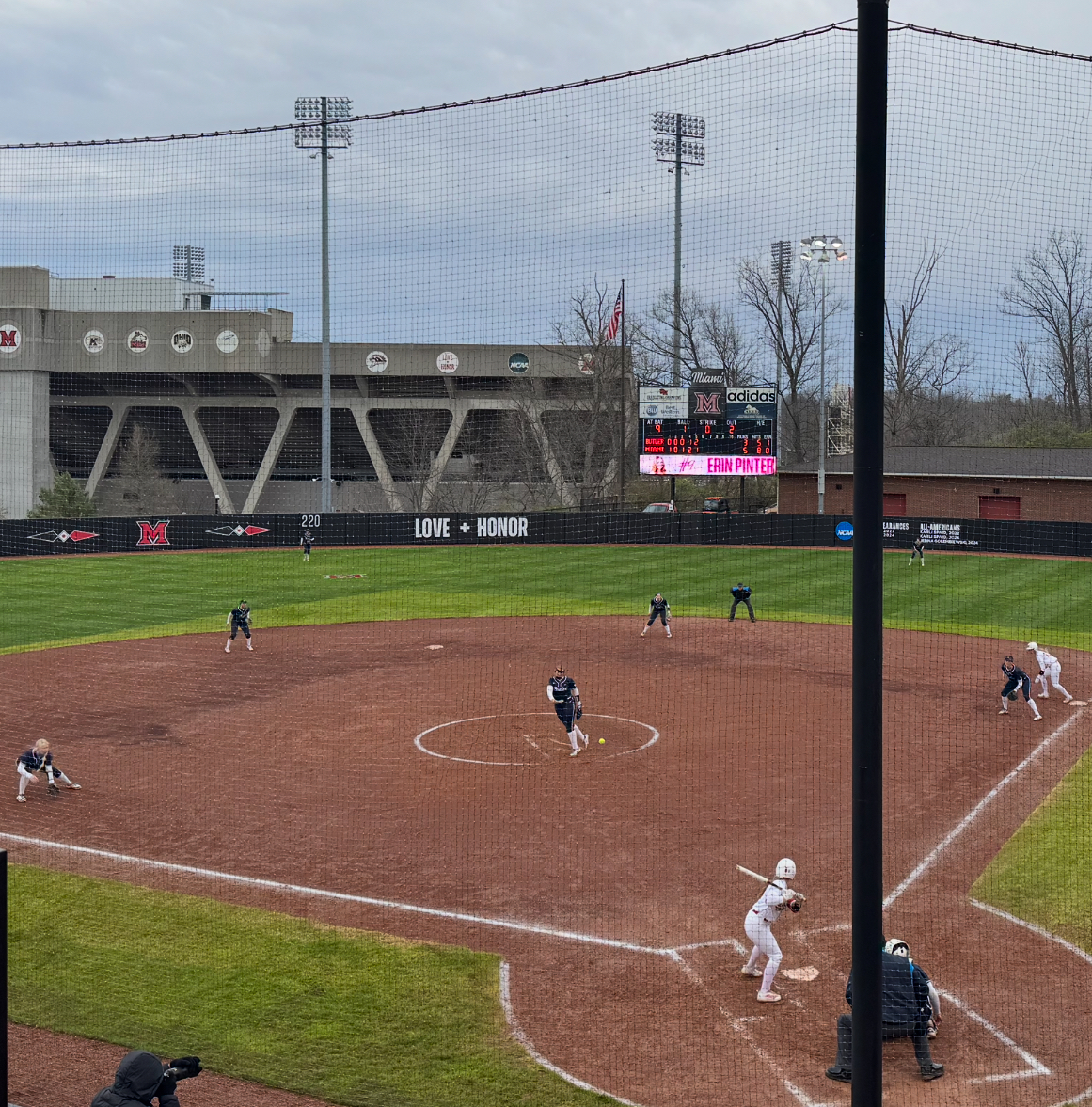Steve Sullivan is perched cross-legged on a plastic log in the Imaginarium of Upham Hall at Miami University of Ohio. College students from a creative writing class sit on the carpeted floor with murals of the natural world surrounding them, listening to him passionately lecture on the importance of preserving nature.
Sullivan makes eye contact as he speaks. His gaze sweeps around the room when addressing everyone, but always settles on the student bold enough to raise their hand.
His animated gestures add to the excitement in his voice, and he bluntly asks the class, “has anyone ever touched a dead bird?”
No one raises their hand. Some stare at the floor, while others exchange looks of confusion and amusement.
Based on the silence that hangs in the air, Sullivan comes to the consensus that the answer is no.
“Well,” he says, his gray eyes beginning to smile with the anticipation of oncoming hypocrisy, “who has participated in a traditional American Thanksgiving dinner?”
Sullivan is the director of the Hefner Museum of Natural History. According to Carla Blackmar, the Hefner Museum’s exhibition, graphics and curatorial technician, Sullivan works around 80 hours a week.
But to Sullivan, his job never feels like work. “I don’t know what else I would do in life because what’s better than this kind of stuff?”
Understanding the natural world
It is a Wednesday evening around 7 o’clock. Members of Miami’s zoology club fill up a room connected to the Hefner Museum and with more than 30 people present, some are forced to stand. They are here for Sullivan’s fall semester snake show, an event an attendee excitedly tells Sullivan “we look forward to every year.”
He has no slideshow presentation, and he does not need one.
He has the attention of most everyone in the room – save for those in the midst of handling one of the live snakes Sullivan has passed to the students – jumping between the differences of pythons and boas, bearded dragon domestication, ethical considerations of releasing exotic pets, how to properly handle and transport snakes, unique characteristics of various snake species, the importance of understanding snake anatomy and behavior, and responsible pet ownership.
Sullivan’s vibrant energy doesn’t fade, even with the talk lasting over an hour and a half.
It was this excitement toward the natural world that drew his future wife Amy Sullivan, assistant teaching professor with Miami’s biology department and Project Dragonfly, to Sullivan when they first met as undergraduates at Brigham Young University. “He was someone who was willing to go wander around in a field and look for critters,” says Amy, “flip logs over and look for snakes and lizards.”
Sullivan’s knowledge of the natural world is immense, according to Savannah Higley, a junior majoring in zoology and a volunteer at the Hefner Museum. “Every time I see him, he teaches me something new.”
Additionally, Sullivan is always reading. While in elementary school, he was featured in the local newspaper, American Fork Citizen, for reading roughly 450 books from January to the end of April, spanning less than half a year.
Amy hypothesizes that he builds this knowledge into “a bigger narrative, … a broader understanding of how it fits into a larger framework. And by doing that, he’s able to remember all of it.”
“Imagine,” says Sullivan describing Yellowstone National Park, “walking across a field of perennial grasses … and sagebrush … and there’s some bison that are some of the largest animals you’ve ever seen off in the distance. … And then you go through this grove of trees and the resin fills your nose, and it’s just such a beautiful smell and it contrasts with the smell of the sagebrush. … And then suddenly, right at your feet, the soil shivers and bubbles and glistens and pops, and then 20 feet away, a steam of colorful water just shoots up in front of your face.”
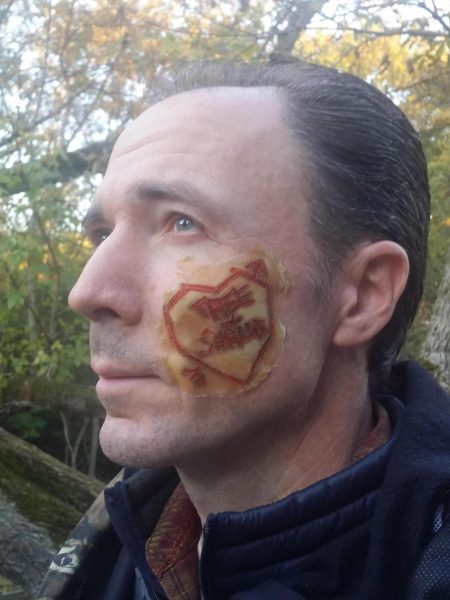
“I mean, how cool is this?” Sullivan says with excitement. “And it happened without any human intervention. Nobody did any of this. It’s just a thing that exists.”
Evolving interests
Sullivan recalls his fascination with the natural world and museology as some of his earliest memories.
In upstate New York at just 2 years old, he started collecting rocks.
Then it was GI Joe figurines, and small metal trucks.
“I would arrange these very carefully on my shelves,” says Sullivan.
By the age of 5, Sullivan realized he needed to narrow down his collections “because as a collector, I want to collect all of everything, all of the whole series.”
“As a little kid,” Sullivan says, “I had that basic human impulse to get all of everything and to learn all of this, at least [in] this one field.”
But with marketed goods, toy companies always deploy new figurines of little camouflaged men, or unveil shinier toy trucks.
“So I said,” Sullivan reflects, “‘I’m going to focus on natural history.’”
Being a curious child, Sullivan’s fascination for the world around him did not end with living things. “If you find a dead animal,” says Sullivan, “you don’t want it to just rot, … you try to figure out how to do stuff.”
To Sullivan, taxidermy “is just one incarnation of my broad curiosity and fascination with living organisms in general, and my desire to learn from them by interacting with them, but then also preserving portions so that I can continue learning from it and teach other people about those same things.”
‘Quintessential’ naturalist
Walking through the Hefner Museum, visitors are surrounded by specimens. One entire wall is dedicated to taxidermy mounts of ungulates – hoofed mammals. Space is limited, and donations sometimes have to be turned down, like a taxidermied bull giraffe posed in a drinking stance.
But that doesn’t stop Sullivan. According to Blackmar, “I am always like, ‘Oh, I don’t know. What are we going to do with all of that?’”
Like the recently donated mount of a moose head – complete with antlers – tilted to fit within a doorway, or the duck mounts Sullivan decided to hang from the ceiling of the Hefner Museum.
“Steve always finds a home for it,” says Blackmar.
Even objects labeled as trash find a home. When Miami had plans to tear down Harris Hall, Sullivan and Blackmar got permission to scavenge the building. Black tiles from Harris are now in the ungulate gallery. Marble-topped cabinets hauled from the building will eventually house fish in the mollusk gallery.
Separately, an exhibit where arthropods are to be held, was constructed from planks of ash, over 100 years old that starts to smoke when drilled into.
“We almost never buy new stuff,” says Blackmar, “we just repurpose things.”
Sullivan’s creativity and ingenuity extends far beyond, as he participated in theater productions, largely in high school, and his mother taught him to sew when he was young.
For this Oxford resident, sewing comes in handy for constructing Halloween costumes for himself and his three children.
From a bat costume for one of his children, complete with ears that stood up from the top of their head, to a Star Trek Borg costume with computer chips built into the headpiece and an eyepiece that blinked, “he will build elaborate costumes,” says Amy, “ just out of his head.”
But to Sullivan, this is just another way to be inventive and original. “Why not be exuberant and fun and creative whenever appropriate?” says Sullivan. On even smaller scales, Sullivan abides by this, painting his nails. He often applies his favorite color, purple, “because purple is a color that stimulates my pituitary gland more than most other colors,” says Sullivan.
Sullivan also draws, paints and sculpts. His art is often included in advertisements and promotional materials for annual Hefner lectures.
Recently, Higley was working on a banteng – a species of wild cattle – and was struggling to reattach a horn. “He must be a fantastic sculptor,” says Higley, “because he has to replicate the texture of the horns on these creatures, which can be hard.”
According to Amy, Sullivan’s “holistic” approach toward nature is something she observes as increasingly rare, and as Blackmar explains, “he’s like the quintessential 19th century naturalist, able to bring art and science together.”
But to Sullivan, “I’m zealous about everything I do,” he says.


